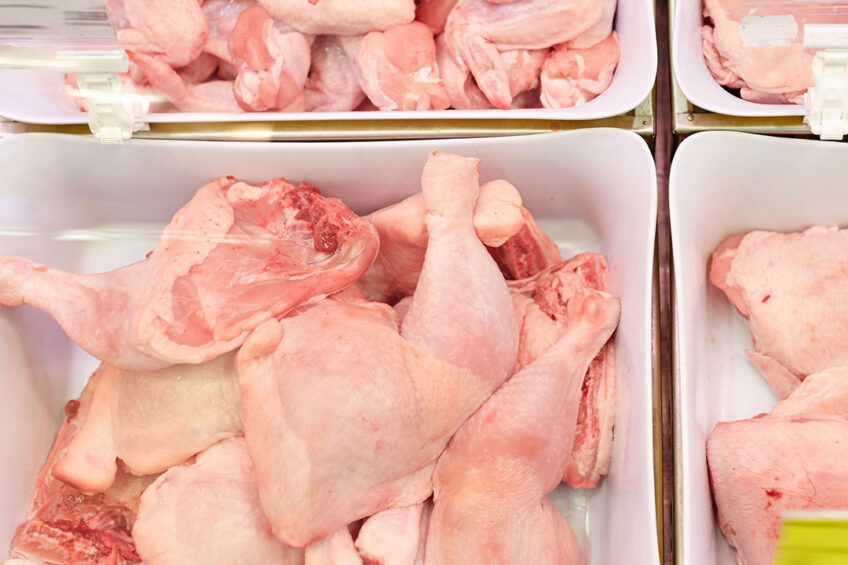Russia approves duty-free poultry imports

The Russian government’s customs commission will allow 160,000 tonnes of duty-free broiler meat imports in 2024, a huge share of which is expected to come from outside the CIS region. Long-discussed export restrictions are also coming into force.
The duty-free imports of chicken are imposed to stabilise the price situation on the domestic market, the government explained.
The quota of 160,000 tonnes is comparable to the volume Russia imported in the previous years, Denis Ternovsky, senior researcher of the Center for Agricultural Policy in the Ranera Institute, told local publication Agroinvestor.
However, in previous years, imports primarily came from Belarus, which enjoys the benefits of common customs space with Russia as a part of the Eurasia Economic Union. Thanks to the new quota, poultry imports to Russia from other countries may triple in 2024 compared with the previous years, Ternovsky said, not providing concrete figures.
Poultry prices in Russia are currently abnormal, Ternovsky said. If the annual inflation ratio is taken into account, the current prices are the highest since 2014, the year the Russian government imposed a food embargo banning imports from the European Union.
Costs are surging across the board
Bird flu and low business marginality are the main reasons for the price turbulence in the Russian poultry market this year, reported Rosptitsesoyuz, a Russian poultry union, in a statement on its social media channels.
Russian poultry farmers are short of money owing to a hike in operational costs, Rosptitsesoyuz said. Over the past few years, farmers have been refraining from investing in new capacities. Now, old operations are being decommissioned, and there are no opportunities to replace them.
In 2023, Russian poultry farmers saw costs of labour and those associated with equipment maintenance jumping 25-30% compared with the previous year. The cost of vaccines and pharmaceuticals soared by 15-25% and packaging 8-25%, Rosptitsesoyuz calculated.
As a result, in October 2023, a pack of eggs cost Russian customers a quarter more than in the same period of the previous year. A broiler carcass added nearly 50% in price, Rosptitsesoyuz admitted.
In 2023, Russian poultry production is expected to remain at the level of the previous year, the organisation said.
Soft loans are back in the game
To deal with the poultry farmers’ predicament, the Russian government unveiled plans to make the industry eligible for a new round of soft loans with a subsidised interest rate for up to 8 years.
The soft loans were the main tool of industry development in the first years of the food embargo, but the programme has been gradually curtailed as the country beat the targets of the national food security doctrine.













